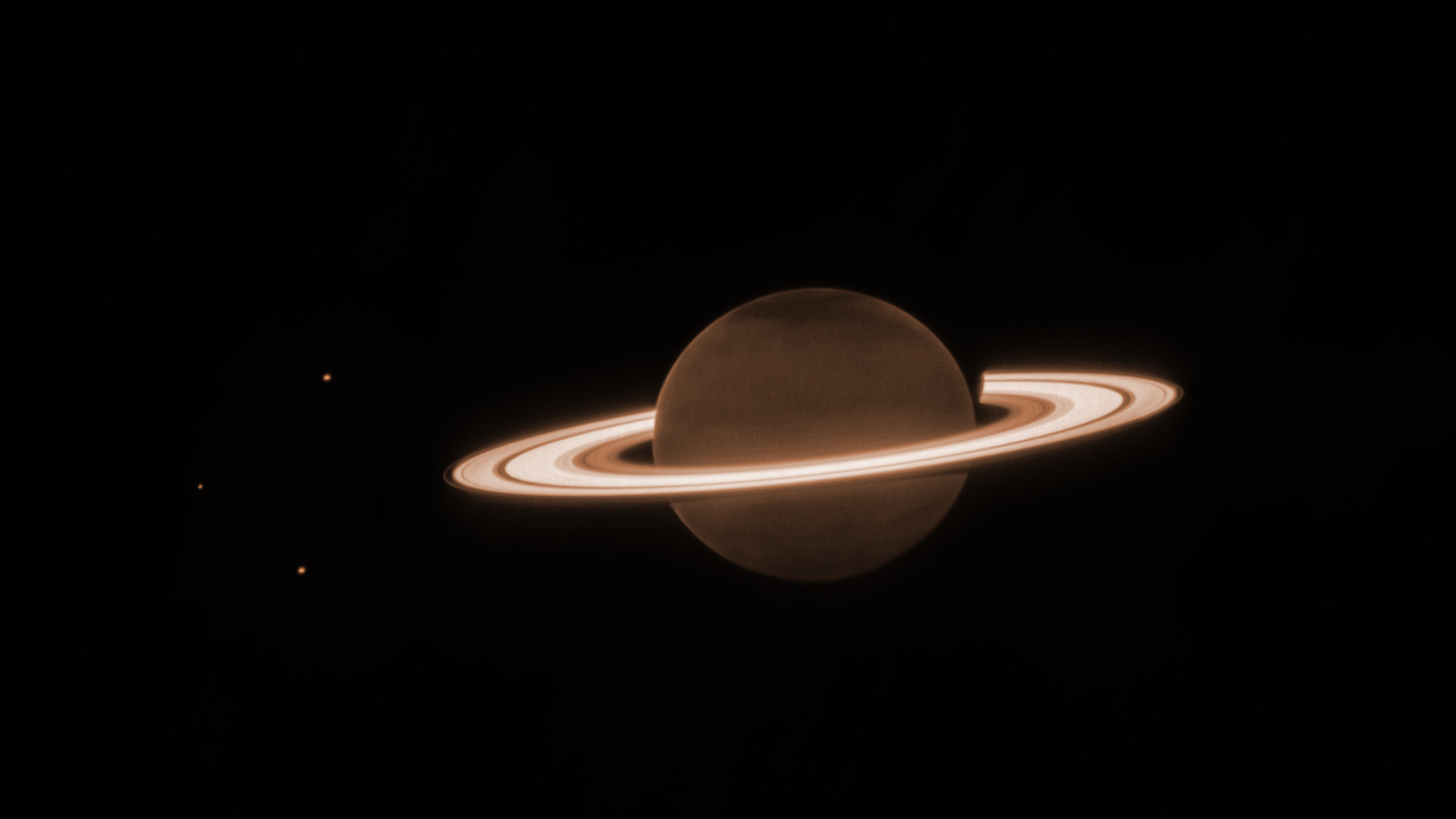See the Sun Up Close in Live Webcast Today

The sun's solar weather cycle is it at its peak this year, and today (March 5) you can get an up-close look at Earth's nearest star through an Arizona telescope in a live webcast.
The online Slooh Space Camera, which organizes live views of the sun and night sky through telescopes around the world, will hold a free webcast today at 2:30 p.m. EST (1930 GMT). The webcast will feature live views of the sun as seen through a telescope at the Prescott Observatory in Arizona.
The sun is currently in an active phase of its 11-year weather cycle and is expected to reach its peak, called solar maximum, in 2013. NASA scientists have said the current sun weather cycle, called Solar Cycle 24, has been relatively quiescent compared to previous cycles, but it could flare up later this year in a second activity peak.
You can watch the Slooh sun webcast here on SPACE.com. It will last about 30 minutes and feature commentary from Slooh President Patrick Paolucci, astronomer Bob Berman, Prescott Observatory manager Matt Francis and SPACE.com managing editor Tariq Malik. [Amazing Solar Flare Photos from NASA]
"This has been the strangest solar cycle of our lifetimes, lasting 13 years instead of the normal 11. And it has been a deeper minimum, with no sunspots or solar storms observed for longer periods than anyone alive has ever witnessed — with earthly consequences that included a partial suppression of global warming," Berman said in a statement. "So with the new cycle number 24 here at last, and with Solar Max expected in the next few months, and with the sun erupting with intriguing 'coronal holes' and flares and prominences and violent coronal mass ejections just in the past few weeks, there's never been a better time to have a look for ourselves — which is what Slooh is going to do."
You can also follow the Slooh webcast live via the Slooh Space Camera website.
Several spacecraft, including NASA's Solar Dynamics Observatory, twin Stereo spacecraft and the Solar and Heliospheric Observatory mission by NASA and the European Space Agency, keep constant watch on the sun for signs of sunspots, solar flares, massive eruptions or other space weather phenomena.
Breaking space news, the latest updates on rocket launches, skywatching events and more!
When aimed at Earth, strong solar flares and eruptions can supercharge the Earth's aurora displays over the poles. The most powerful solar storms can also pose a risk to astronauts and satellites in space, as well as interfere with communication and navigation signals, and even impair power grids on the surface.
WARNING: NEVER stare directly at the sun through a telescope, binoculars or your unaided eyes without protection. Astronomers use special solar filters to safely observe the sun through telescopes.

Email Tariq Malik at tmalik@space.com or follow him @tariqjmalik. Follow us @Spacedotcom, Facebook & Google+. This article was first published on SPACE.com.
Join our Space Forums to keep talking space on the latest missions, night sky and more! And if you have a news tip, correction or comment, let us know at: community@space.com.

Tariq is the award-winning Editor-in-Chief of Space.com and joined the team in 2001. He covers human spaceflight, as well as skywatching and entertainment. He became Space.com's Editor-in-Chief in 2019. Before joining Space.com, Tariq was a staff reporter for The Los Angeles Times covering education and city beats in La Habra, Fullerton and Huntington Beach. He's a recipient of the 2022 Harry Kolcum Award for excellence in space reporting and the 2025 Space Pioneer Award from the National Space Society. He is an Eagle Scout and Space Camp alum with journalism degrees from the USC and NYU. You can find Tariq at Space.com and as the co-host to the This Week In Space podcast on the TWiT network. To see his latest project, you can follow Tariq on Twitter @tariqjmalik.
